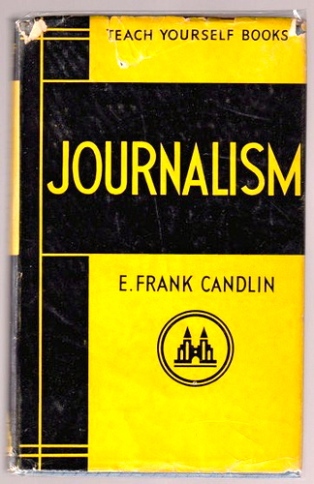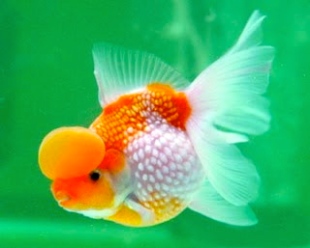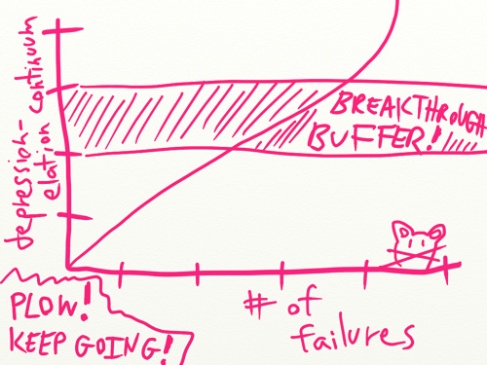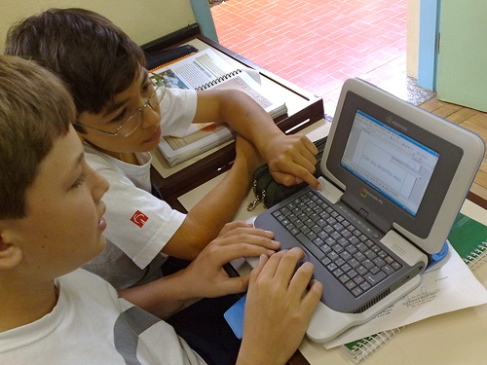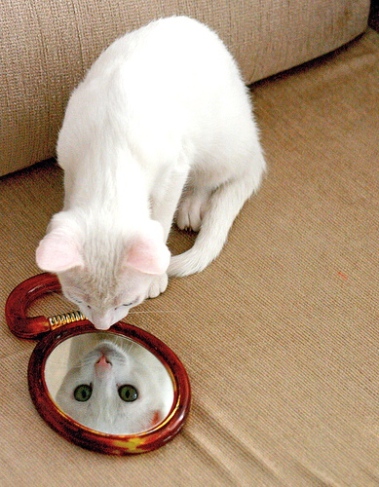
Photo by Carlos Lemes Flickr CC
The purpose of a business is to convert raw materials in such a way that clients are willing to pay for the transformation. But, that is not enough – you have to find the potential clients, guide them to your business, help them chose, pay and receive what you offer. This guidance of your clients is sometimes called the marketing funnel.
FIND THE WEAKEST LINK IN THE MARKETING FUNNEL
The marketing funnel can be seen as a chain of events, and every chain has its weakest link. Every business has its own funnel, this is how “Conversion Rate Experts” describe a generic example:
* Your advertising
* Your sales force
* Your homepage
* Your product pages
* Your checkout pages
* Your order confirmation page
* Your call center staff
* How the package is sent out
HERD AS MANY ALONG AS POSSIBLE
Between every step in the marketing funnel you will lose a number of people, or money if you want. It’s just as in the supermarket, you look at much more products than you put into the basket. Sometimes you will even take things out of the basket on your way to the check-out line. When you do put things back, it is a loss in the grocer’s marketing funnel.
DOUBLE YOUR BUSINESS
Its a dramatic improvement if you can manage to have only 8 out of 10 leave empty-handed if your normal rate is 9 – actually your business will double.
THE SECRET
The secret is to find the step where you have the highest losses. That step is the weakest link and the only one you are interested in improving. To strengthen a link, other than the weakest, will not make the chain stronger.
Be an Optimist for the day
YOU GET WHAT YOU DESERVE
Great accidents happen, “force majeur” events like earthquakes, lightning strikes and storms are of a magnitude and impact outside control. But, excluding these disasters, you really get what you deserve and it all comes down to your outlook on life – if you are a optimist, realist or pessimist.
THE PESSIMIST LIVES IN A SHRINKING WORLD
If you beleive that bad things are bound to happen, you are right, they will. The important thing is how you react to them. Stress is not caused by the event itself but by your reaction to it.
When you start to avoid problems, you also start to defend what you have. Only playing defence is a strategy that will make you say no to new opportunities. And, as things sometimes go wrong, over time you will lose some of the things you have achieved without using new opportunities to replace them – your world shrinks.
THE REALIST IS A BIT DEPRESSIVE
The only really important time is now – it is the only one we live in. To be a “realist” you plan for future bad events, things like paying insurance. This is very good within reason. The problem is defining what is reasonable.
The problem with the future is that it is very fluid, things change all the time. If you can manage to not become emotionally drained by preparing for possible disasters you might have a good recipee for a successful life. But the optimist have more fun.
THE OPTIMIST IS HAPPIER
The ancient recipee for happiness is to live in the present, to recognize the oppportunities and act in the moment. To have a strategy is a “realist’s” trait, but the warriors of old saw it only as a preparation, not something dictating your actions. The optimist is more opportunistic, less bogged down by doubt, more directed towards action.
As well-being goes, nothing beats “positive action”. To feel a bit down and then do something makes the clouds go away. The optimist will go through a happier life, looking for new opportunities and through that find new adventures.





